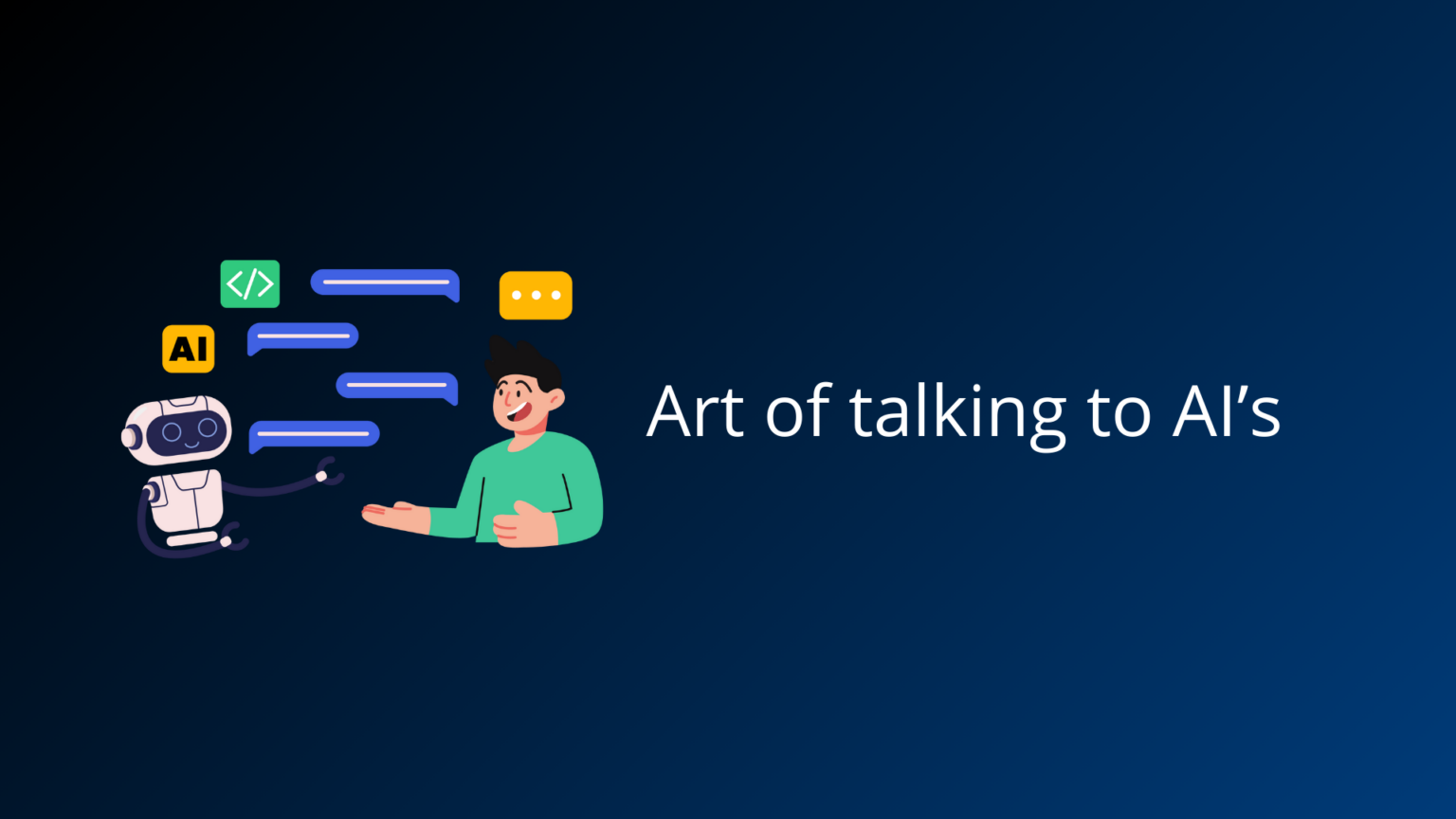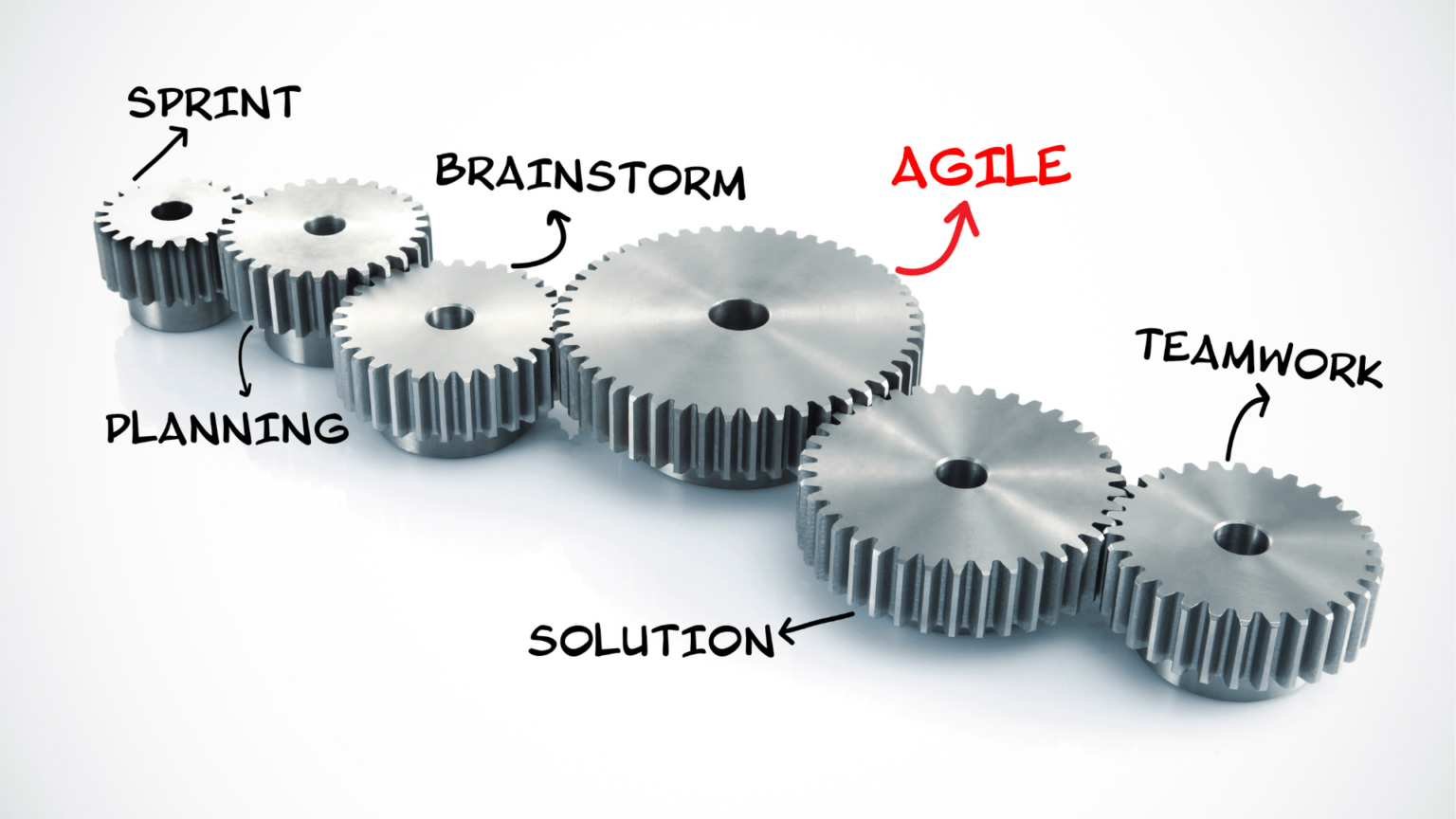Why Prompt Engineering Matters?
Generative AI has become a buzzword in recent years, especially with the rise of tools like ChatGPT and GPT-4. But to truly harness the power of these models, you need to understand prompt engineering—a practice that involves crafting inputs (prompts) to get the best possible output from AI. This article will act as a guide to prompt engineering, explain why it matters, and give you tips on how to communicate effectively with AI systems.
You may have heard about AI models like ChatGPT, capable of answering questions, generating text, and even creating images from natural language prompts. But why are some responses more accurate or useful than others? This is where prompt engineering comes into play.
Prompt engineering is about understanding how to frame your input so that the AI delivers the output you desire. Think of it like giving instructions to someone—you need to be clear, concise, and sometimes creative. This skill is becoming essential across industries. Even professionals in fields like healthcare or legal tech are finding that learning how to talk to AI is becoming a critical part of their workflow.
The Generative AI Revolution
AI has been around for years, but generative AI is what’s making headlines today. Unlike traditional AI, which focuses on classifying data or making predictions, generative AI creates entirely new content. From generating text and images to producing music or videos, this technology is changing the way we interact with machines. Here are some key types of generative AI:
- Large Language Models (LLMs) like GPT-4, generate text based on human input.
- Text-to-image models like DALL-E 2, which create images from written descriptions.
- Audio and video generators that produce media from prompts.
These innovations rely on sophisticated architectures, like transformers, that allow AI to generate coherent, context-aware responses to prompts. What sets generative AI apart is its ability to understand and create based on natural language inputs, making prompt engineering a vital skill for businesses working on AI-based solutions.
Need to implement generative AI solutions for your business? Contact Zimozi to see how we can help build AI applications tailored to your needs.

Zimozi’s Journey into AI Solutions
At Zimozi, we have been at the forefront of AI development, creating innovative AI-based assistants and applications for various industries. One of our most significant projects was FabriceAI, a digital representation of entrepreneur Fabrice Grinda’s thoughts. This ambitious project utilized RAG systems, LLaMA, and Vector DB to build a knowledge system powered by AI. You can explore the entire technical journey of FabriceAI in this detailed blog post.
Building on the success of FabriceAI, we developed AIDA, an AI assistant designed specifically for the Legal Tech industry. AIDA is more than just a chatbot—it reads from a MYSQL database, has built-in emotional intelligence, and is designed to help users with promotions in the Legal & Dispute Industry. It can even direct users to lawyers or dispute resolution professionals from its directory. This project, powered by ChatGPT-4, showcases our ability to create AI-driven solutions tailored to industry-specific needs. You can see AIDA in action here.
These projects have helped us hone our technical skills and fueled our passion for pushing the boundaries of AI technology. Our expertise in building AI-based applications makes us a trusted partner for businesses looking to integrate AI into their operations. Whether it’s chatbots, virtual assistants, or custom AI-driven applications, we thrive on tackling complex challenges.
What is a Prompt? Guide to Prompt Engineering
Simply put, a prompt is the instruction or query you provide to a generative AI model. It can be as basic as a question or as complex as a detailed request, depending on what you’re trying to achieve.
For example, asking ChatGPT, “What are some popular tourist spots in Italy?” is a simple prompt, while providing more complex instructions like, “Write a two-paragraph essay on the impact of climate change on marine life, using at least three scientific studies as references,” is a more advanced one.
For businesses developing AI-driven solutions, understanding how to craft the right prompts can make the difference between an AI that’s helpful and one that’s confusing. The clearer and more descriptive your prompt, the better your results will be. Learning to design effective prompts will help you unlock the full potential of AI.
Designing Effective Prompts
While it might seem like you can ask an AI anything and get a good response, crafting effective prompts requires thought and structure. A well-designed prompt ensures that the AI understands your request and delivers relevant, useful output. Here are the key elements of an effective prompt:
- Instructions: Clearly direct the AI on what to do. Example: “Summarize this article in three bullet points.
- Questions: Asking direct questions narrows down the AI’s focus. Example: “What are the benefits of renewable energy sources?
- Input data: Providing context or specific information makes the response more accurate. Example: “Based on the data, how can we optimize sales for the next quarter?
- Examples: Adding examples can help the AI tailor its output more precisely. Example: “If our target market includes millennials and Gen Z, suggest marketing strategies tailored to these groups.
By carefully considering these elements, you can guide the AI to generate more accurate and contextually relevant responses.
Basic Prompt Examples
Let’s explore some basic prompt examples to see how structure influences the output:
- Question + Instructions: Prompt: “What are the best practices for remote working? Provide a list of five key tips.” Result: The AI will provide specific tips for working remotely, such as maintaining a routine, setting up a dedicated workspace, and using effective communication tools.
- Instructions + Input Data: Prompt: “Based on the following details, write a short bio for an event speaker. Jane is a marketing expert with 10 years of experience in digital marketing and has led campaigns for Fortune 500 companies.” Result: The AI will craft a personalized bio highlighting Jane’s expertise, professional achievements, and key roles, ensuring that the bio is relevant to her specific background.
- Question + Examples: Prompt: “I enjoy historical documentaries and biographies. Can you recommend some shows or movies in that genre?” Result: The AI might suggest titles like ‘The Crown,’ ‘Ken Burns’ The Civil War, or ‘Steve Jobs: The Man in the Machine.
These examples illustrate how the right combination of structure and context can lead to better responses from AI systems.
Advanced Prompt Techniques
Once you’ve mastered the basics, you can move on to more advanced techniques like Chain of Thought prompting, where you instruct the AI to follow a step-by-step process. For instance, you could ask, “What are the steps to create a successful social media strategy? List them in order.” This approach encourages the AI to break down complex tasks into manageable steps, ensuring clearer, more logical responses.
You can also adjust the temperature setting in some AI models to control the creativity or accuracy of the output. Lowering the temperature makes the AI more focused and predictable while increasing it allows for more creative responses.
Conclusion
Prompt engineering is an essential skill for anyone looking to make the most of generative AI, particularly if you’re developing AI-based assistants or AI-powered applications. By learning how to craft effective prompts, you can unlock a world of possibilities, from writing assistance to creative content generation. The key is to be clear, concise, and intentional with your prompts, always considering the goal of your interaction with the AI.
Whether you’re a company in need of a custom AI assistant or exploring the development of AI-driven apps, mastering prompt engineering will enable you to work more efficiently and innovate in exciting new ways. As we’ve seen through Zimozi’s experience with FabriceAI and AIDA, the potential for AI to revolutionize industries is immense, and prompt engineering is the key to unlocking that potential.
Contact Zimozi to start your AI journey today!




